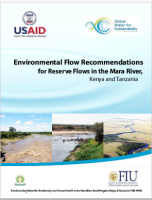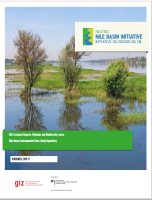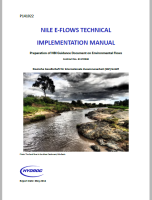Abstract
Environmental Flow Assessments (EFAs) have become the scientifically accepted way of determining
minimum flow levels needed to sustain healthy rivers. EFAs are structured, science-based approaches
that combine hydrological information about a river system with social, physical and biological
indicators to determine the minimum sustainable flow levels needed to maintain all components of
the river ecosystem. EFAs recognize that rivers have natural periods of both high and low flows,
and that these
variations play important roles in river ecosystem functioning and thus should be protected as
components of the reserve.



